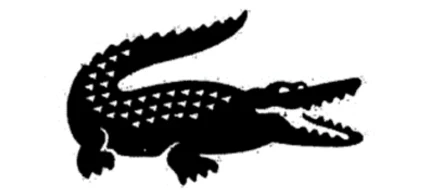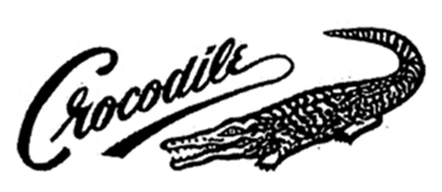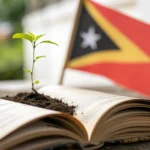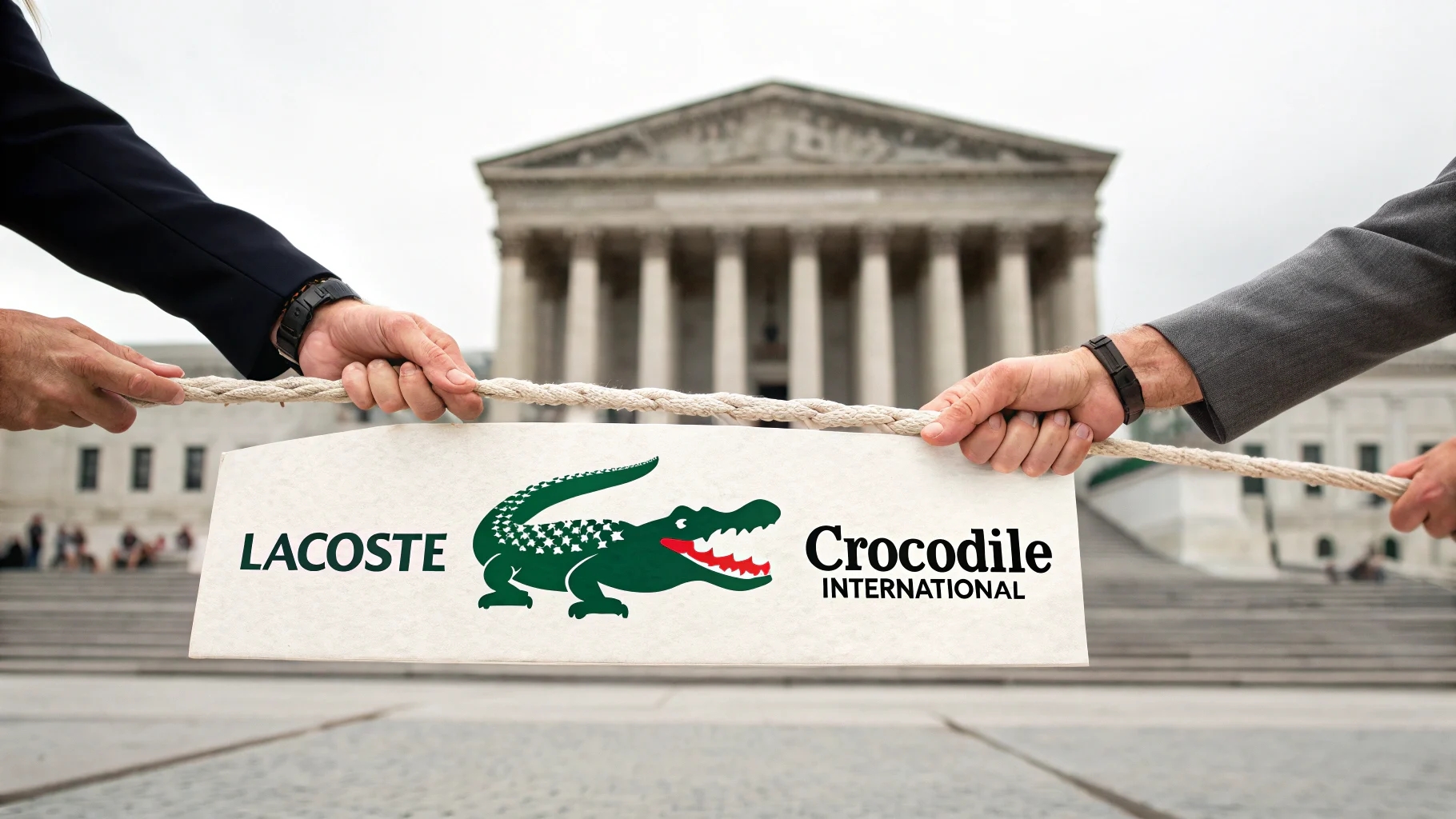By Ma. Syril Diesta
In a landmark decision, the Supreme Court of the Philippines ruled against Lacoste S.A. in the case of LACOSTE S.A. vs. CROCODILE INTERNATIONAL PTE LTD., G.R. No. 223270, promulgated on November 6, 2023. The Court upheld the previous rulings of the Intellectual Property Office – Bureau of Legal Affairs (IPO-BLA), the Intellectual Property Office – Director General (IPO-DG), and the Court of Appeals (CA). It rejected Lacoste’s opposition to Crocodile’s trademark application for “CROCODILE AND DEVICE” filed with the Intellectual Property Office of the Philippines. The Court ultimately concluded that there was no confusing similarity between Lacoste’s and Crocodile’s marks.
Key Takeaways
- Supreme Court Rejected Lacoste’s Opposition – the court ruled there was no confusing similarity between Lacoste’s and Crocodile’s marks.
- Distinct Visual Differences Identified – one crocodile faces right with solid scutes, while the other faces left with stylized patterns.
- Dominancy Test Showed Marks Are Distinguishable – the court noted coexistence in other countries supported the decision.
- Trademark Dilution Claim Was Dismissed – there was no evidence Crocodile’s mark would harm Lacoste’s goodwill or reputation.
- Free And Fair Market Upheld – the ruling emphasized competition should not be blocked without clear proof of consumer deception.
Protect Your Brand Today.
Facts of the Case
Lacoste S.A. (Lacoste), a French company, owns the registered trademark “CROCODILE DEVICE” in the Philippines under Trademark Registration No. 64239, covering Classes 1 to 42 of the Nice Classification. The mark was registered on April 2, 1997.
Crocodile International Pte Ltd. (Crocodile), a Singapore-based company operating in the same business sector, filed an application on December 27, 1996, for the mark “CROCODILE AND DEVICE” under Trademark Application No. 4-1996-116672 in Class 25 of the Nice Classification.
On August 18, 2004, Lacoste opposed the registration of Crocodile’s mark, arguing that its approval would cause significant harm. Lacoste’s main contentions were as follows:
-
- Confusing Similarity – Crocodile’s “CROCODILE AND DEVICE” mark closely resembles Lacoste’s “CROCODILE DEVICE” mark in the Philippines.
-
- Exclusive Rights – As the registered owner, Lacoste claimed the exclusive right to use the “CROCODILE DEVICE” mark in the Philippines, thereby excluding others.
-
- Trademark Dilution – The use of Crocodile’s mark could dilute the distinctiveness of Lacoste’s brand, diminishing its ability to distinguish its products. Lacoste cited the principle of trademark dilution established in Levi Strauss & Co. v. Clinton Apparelle, Inc.
The IPO-BLA (Intellectual Property Office – Bureau of Legal Affairs) and IPO-DG (Director General) both ruled that there was no confusing similarity between the marks. This decision was later upheld by the Court of Appeals.
Diving Deeper into the Issue of Confusing Similarity Between Lacoste’s and Crocodile’s Marks
The Court’s Ruling
The Supreme Court dismissed Lacoste’s petition, determining that the marks had distinct visual differences in both appearance and overall commercial impression. In comparing the two logos, the Court observed that although both feature “saurian” figures, their designs are clearly distinguishable:
| CROCODILE DEVICE of Lacoste Registration No. 64239 in Classes 1 to 42 | CROCODILE AND DEVICE of Crocodile Application No.4-1996-116672 in Class 25 |
 |
 |
-
- Lacoste’s mark depicts a solid crocodile facing right, with scutes (scale patterns) on its body and tail.
-
- Crocodile’s mark, however, is more stylized, faces left, and features various scale patterns instead of the solid design seen in Lacoste’s mark.
Applying the Dominancy Test to assess the likelihood of confusion, the Court concluded that these pronounced differences make the marks easily distinguishable. Additionally, the Court considered the brands’ coexistence in other jurisdictions, such as Japan and Myanmar, where similar rulings confirmed no confusing similarity between the two marks.
No Trademark Dilution
The Court also dismissed Lacoste’s claim of trademark dilution, deeming it speculative. Despite Lacoste’s well-established international reputation and market presence since 1933, there was no evidence that Crocodile’s use of its mark would damage Lacoste’s goodwill or reputation. The Court emphasized that both companies had previously facilitated each other’s trademark registrations in various countries under their Mutual Co-Existence Agreement. Additionally, there was no indication that Crocodile intended to capitalize on Lacoste’s brand recognition or tarnish its image.
Free and Fair Market Considerations
The Court emphasized the importance of maintaining a free and fair market, citing Senior Associate Justice Marvic M.V.F. Leonen’s concurring opinion in Asia Pacific Resources International Holdings, Ltd. v. Paperone, Inc. He stressed that competition should be presumed in the market and that courts should focus on preventing fraud and misrepresentation rather than restricting market entry through trademark monopolization. In the absence of clear evidence of consumer deception, the Court ruled in favor of allowing Crocodile to enter the Philippine market.
This ruling reinforces the significance of distinct branding and fair competition in the marketplace. With 25 years of Intellectual Property expertise and a strong presence across the ASEAN region, KASS International is ready to assist you in navigating trademark challenges. Contact us today for expert guidance in protecting your brand!








